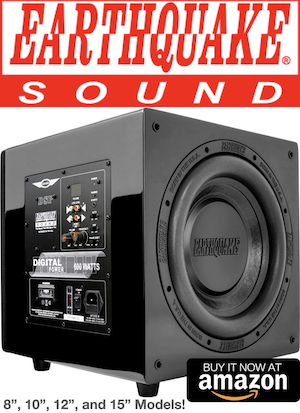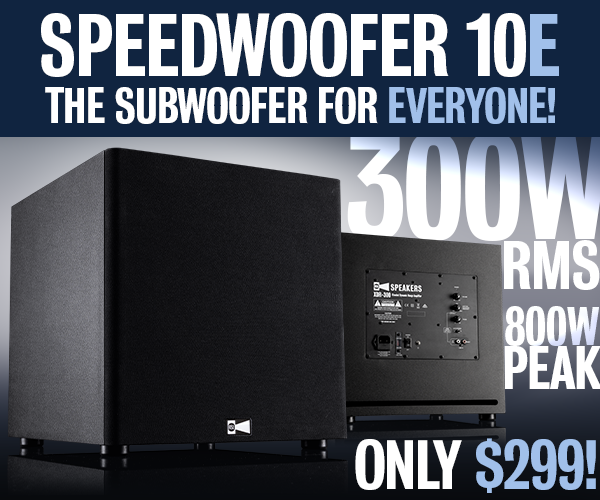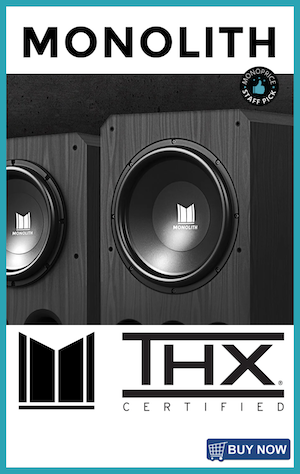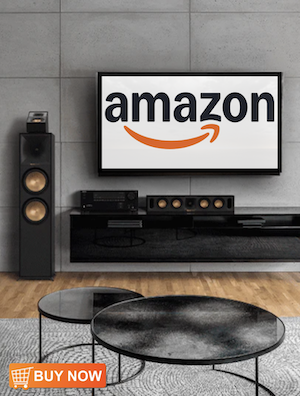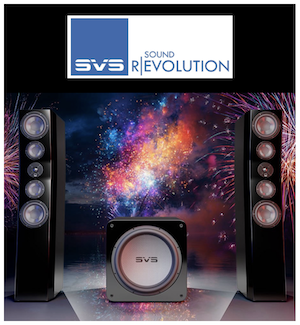Marcus Aseth
New Member
More
- Front Speakers
- Kali LP6 v2
- Subwoofers
- SVS SB1000 PRO
Hi guys, I own an SVS SB 1000 PRO and I was wondering what its life expectancy would be.
Furthermore I'm applying a -5,5dB preamp equalization through software to correct for the gain in some frequencies, which leads to me cranking the volume to max from my interface when I listen to it pretty often. Does that operation put more stress on it? If so, would you say it significantly impact it's life expectancy?
Because if that where to be the case, I would rather do the EQ again but this time without adding any gain nor preamp and by only removing gain from the peaks, which would allow me to listen at the same volume without cranking the volume to max.
Furthermore I'm applying a -5,5dB preamp equalization through software to correct for the gain in some frequencies, which leads to me cranking the volume to max from my interface when I listen to it pretty often. Does that operation put more stress on it? If so, would you say it significantly impact it's life expectancy?
Because if that where to be the case, I would rather do the EQ again but this time without adding any gain nor preamp and by only removing gain from the peaks, which would allow me to listen at the same volume without cranking the volume to max.








